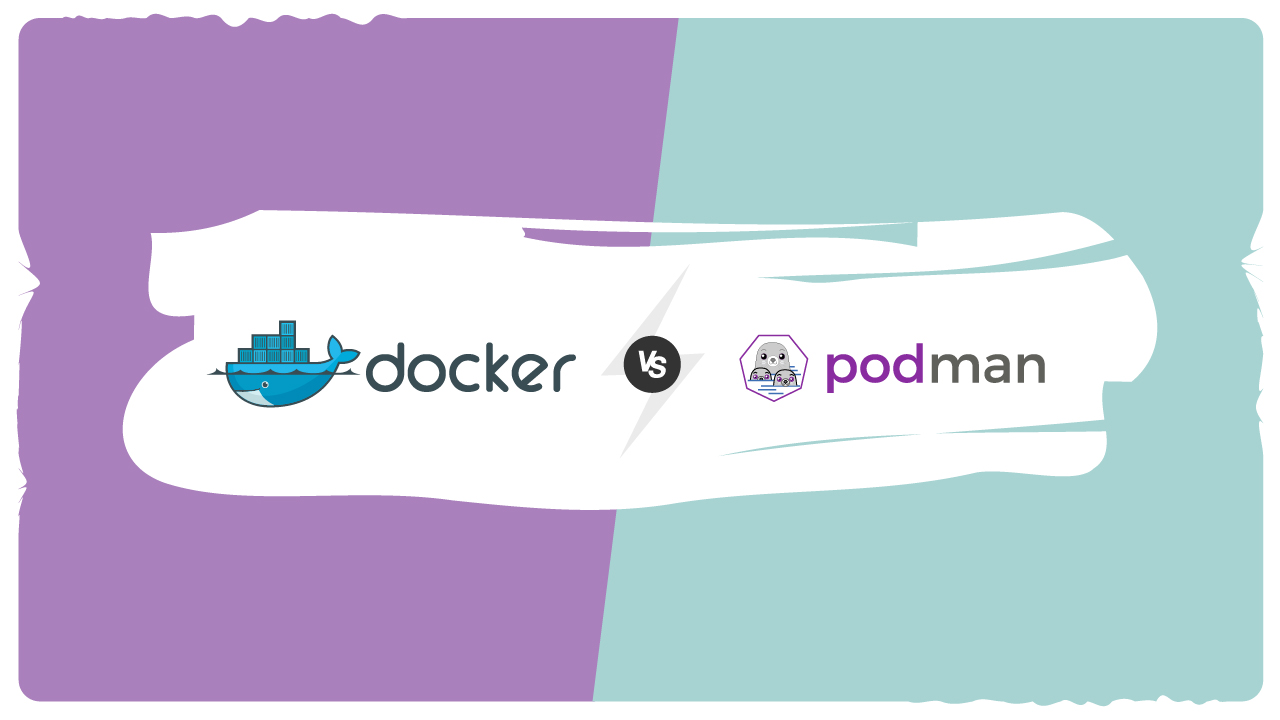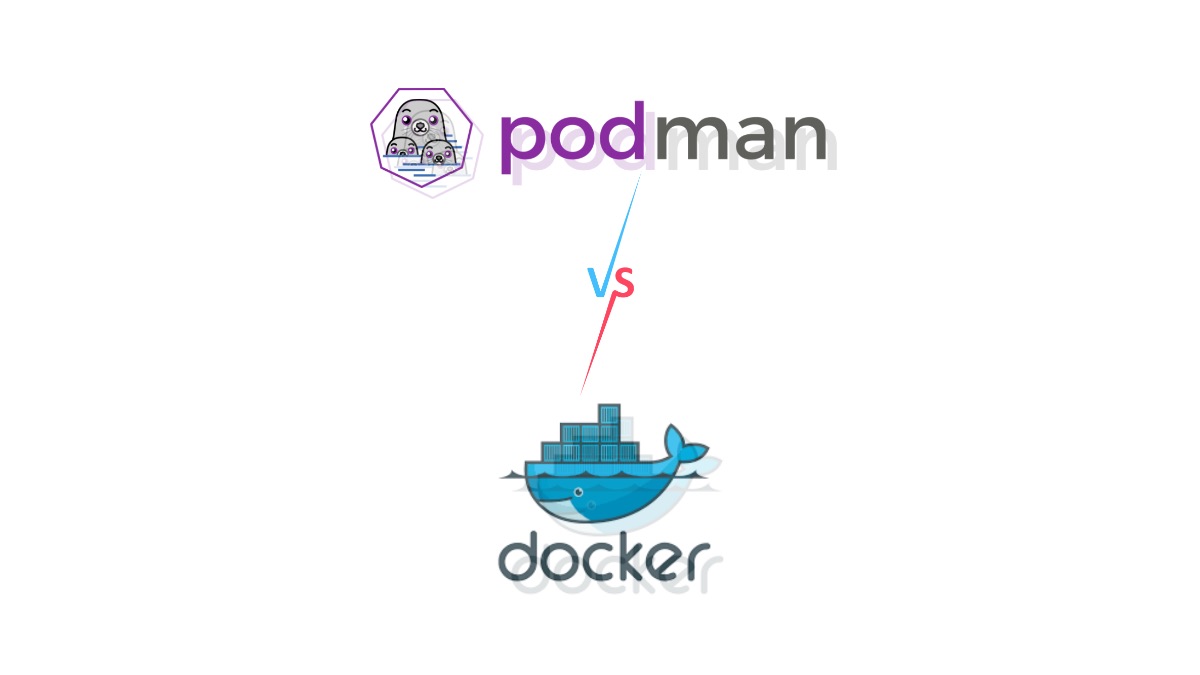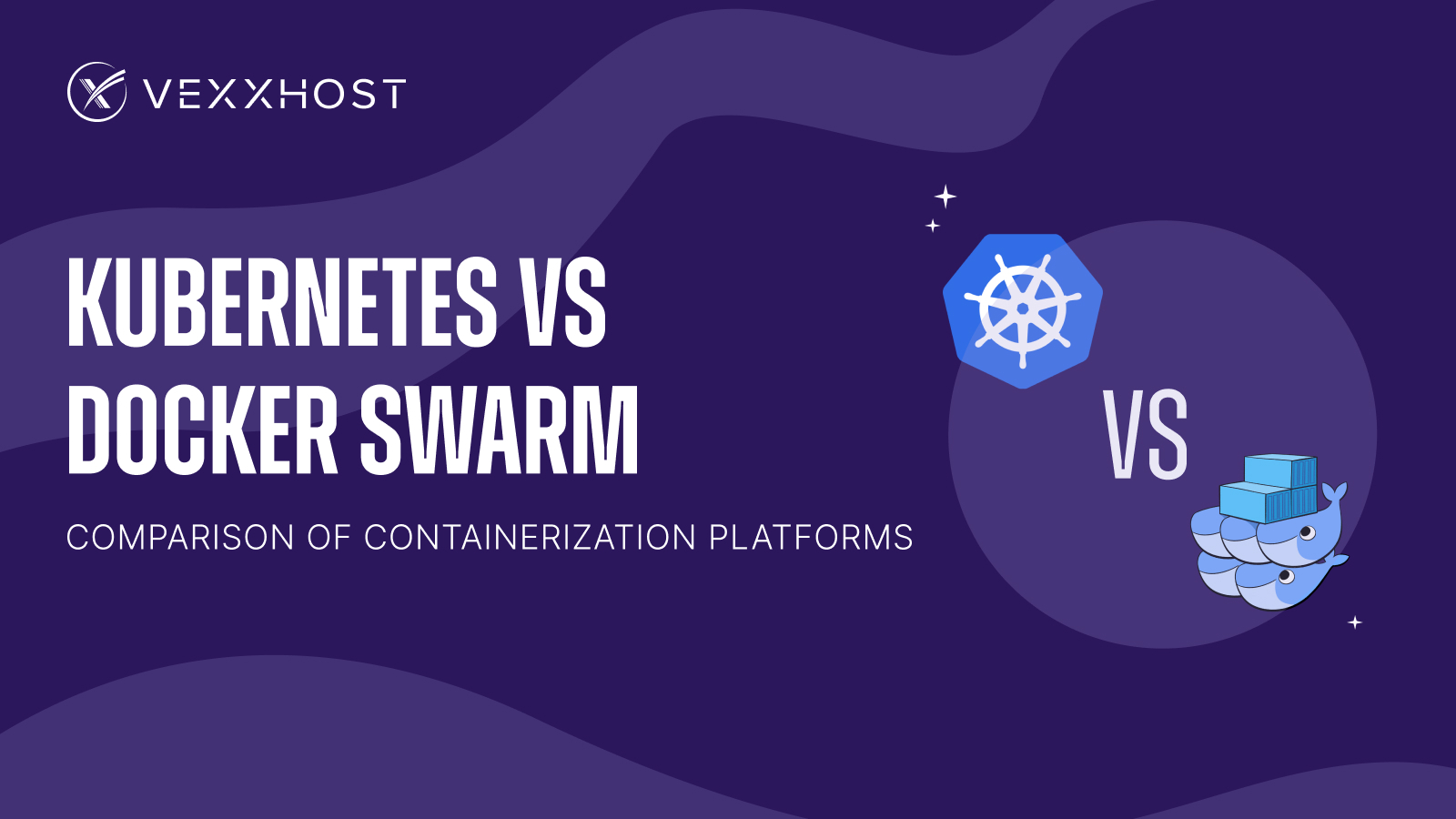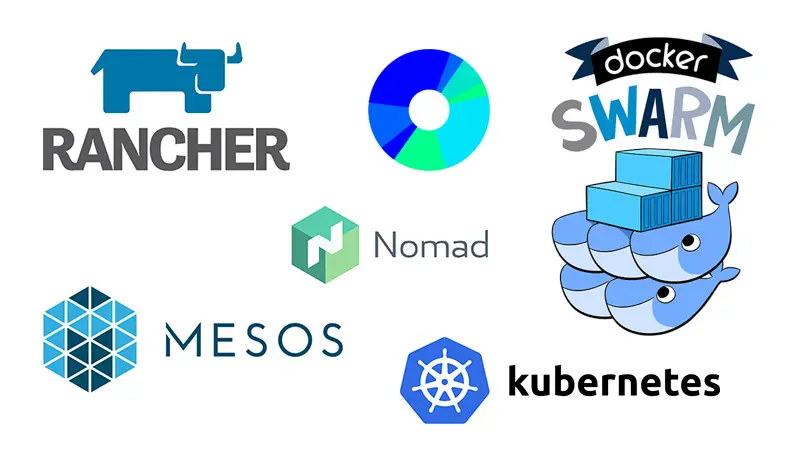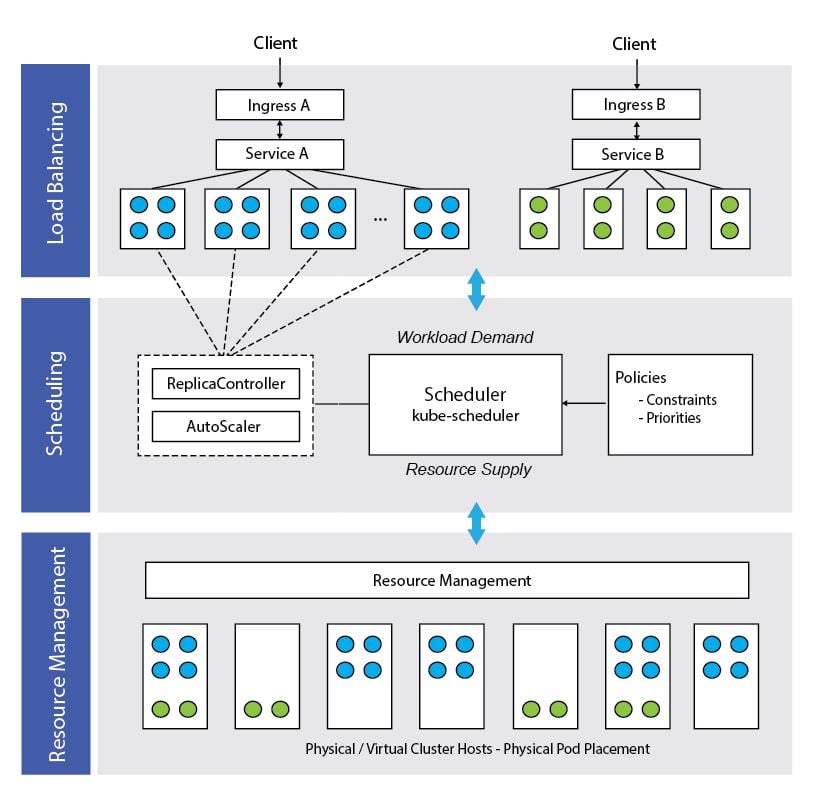Understanding the Role of Container Orchestrators
Container orchestration plays a critical role in managing containerized applications, ensuring seamless deployment, scaling, and networking. Popular tools in this space include Kubernetes, Docker, and Podman. These platforms help streamline the process of managing containers, enabling organizations to focus on delivering value through their applications.
Comparing Kubernetes, Docker, and Podman
Kubernetes, Docker, and Podman each have unique features, use cases, and advantages in container orchestration. Kubernetes is a powerful, open-source platform for automating deployment, scaling, and management of containerized applications. It boasts a large community, extensive documentation, and extensive customization options.
Docker, while primarily known for its container runtime, also offers orchestration capabilities through Docker Swarm. Docker Swarm is lightweight and easy to set up, making it suitable for small-scale projects or development environments. However, it may not provide the same level of scalability and flexibility as Kubernetes or Podman.
Podman, a tool similar to Docker, focuses on container management without the need for a daemon. It offers a secure, lightweight, and open-source solution for building, running, and sharing containers. Podman is particularly useful for managing system containers and integrates well with Kubernetes.
In-depth Look at Kubernetes
Kubernetes, also known as K8s, is an open-source platform for managing containerized applications. Its architecture consists of a master node and worker nodes, enabling declarative configuration, self-healing, and horizontal scaling. Kubernetes supports various plugins and extensions, allowing it to integrate with popular tools and platforms.
Kubernetes strengths include its robustness, scalability, and extensive ecosystem. It is particularly suitable for large-scale, distributed systems that require frequent updates and scaling. However, Kubernetes has a steep learning curve and may be overkill for small projects or teams without prior experience with container orchestration.
Kubernetes’ main components include the API server, etcd, kube-scheduler, kube-controller-manager, and cloud-controller-manager. These components work together to manage and orchestrate containers, ensuring high availability and efficient resource utilization.
In-depth Look at Docker
Docker is an open-source containerization platform that enables developers to create, deploy, and run applications in containers. It offers features such as image management, networking, and a built-in container runtime. Docker is popular for its simplicity and ease of use, making it an excellent choice for developers new to containerization.
Docker’s main advantages include its lightweight nature, extensive library of community-contributed images, and seamless integration with continuous integration and continuous deployment (CI/CD) pipelines. However, Docker may not be the best choice for large-scale, distributed systems due to its limited scalability and management capabilities compared to Kubernetes and Podman.
Docker Compose is a valuable tool for managing multi-container applications. It simplifies the process of defining and running applications with multiple containers, allowing developers to specify dependencies, network configurations, and other settings in a single YAML file.
In-depth Look at Podman
Podman is an open-source container management tool that enables developers to build, run, and share OCI-compliant containers. It is designed as a daemonless alternative to Docker, offering improved security and performance. Podman supports various features, such as container networking, storage, and image management.
Podman’s main advantages include its ability to manage pods (groups of containers), compatibility with the Open Container Initiative (OCI) specifications, and seamless integration with Kubernetes. It is particularly suitable for managing system containers and container images on developer workstations.
Podman’s architecture consists of a client-server model, with the client running on the user’s system and the server (podman-machine) running inside a lightweight machine. This design allows Podman to provide a Docker-compatible API and CLI while avoiding the need for a long-running daemon.
How to Choose the Right Orchestration Tool
Selecting the appropriate container orchestration tool depends on various factors, including project requirements, scalability, and ease of use. Here are some aspects to consider when deciding between Kubernetes, Docker, and Podman:
- Project requirements: Determine the scale and complexity of your project. Smaller projects with limited resource requirements may benefit from Docker or Podman, while larger, more complex projects may require Kubernetes.
- Scalability: Consider the potential growth of your application. Kubernetes offers superior scalability, making it a better choice for large-scale applications. Docker and Podman are more suitable for smaller-scale projects or development environments.
- Ease of use: Evaluate the learning curve and documentation for each tool. Docker is generally considered easier to learn and use, while Kubernetes and Podman may require more time and effort to master.
- Integration: Assess the compatibility of each tool with your existing infrastructure and tools. Kubernetes, Docker, and Podman all support integration with popular CI/CD, monitoring, and logging tools.
- Security: Analyze the security features of each tool. Podman’s daemonless architecture offers improved security compared to Docker, while Kubernetes provides advanced role-based access control and network policies.
By carefully evaluating these factors, you can make an informed decision about which container orchestration tool best suits your project’s needs.
Best Practices for Implementing Container Orchestration
Implementing container orchestration solutions requires careful planning and execution. Here are some best practices to help you successfully deploy and manage Kubernetes, Docker, and Podman:
- Monitoring: Implement monitoring tools to track the health and performance of your containerized applications. Popular monitoring solutions include Prometheus, Grafana, and Elasticsearch.
- Security: Ensure the security of your container orchestration environment by implementing role-based access control, network policies, and image scanning. Regularly update and patch your systems to address security vulnerabilities.
- Continuous Integration/Continuous Deployment (CI/CD): Integrate container orchestration tools with CI/CD pipelines to automate the testing, building, and deployment of container images. Popular CI/CD tools include Jenkins, GitLab CI/CD, and GitHub Actions.
- Resource management: Optimize resource utilization by setting resource limits and requests for your containerized applications. Regularly review resource usage and adjust resource allocations as needed.
- Backup and disaster recovery: Implement backup and disaster recovery strategies to protect your containerized applications and data. Regularly test your backup and recovery processes to ensure they are effective and efficient.
- Training and education: Provide training and education to your team members to ensure they have the necessary skills and knowledge to work with container orchestration tools. Encourage continuous learning and experimentation to stay up-to-date with the latest developments and best practices.
By following these best practices, you can ensure the successful deployment and management of your container orchestration solutions.
Future Trends in Container Orchestration
Container orchestration is a rapidly evolving field, and new trends and innovations are constantly emerging. Here are some future trends to watch in the container orchestration space, particularly for Kubernetes, Docker, and Podman:
- Serverless computing: Serverless computing is becoming increasingly popular as a way to build and deploy applications without worrying about infrastructure management. Kubernetes has already embraced this trend with the introduction of KNative, a serverless framework for Kubernetes.
- Multi-cloud and hybrid cloud orchestration: Organizations are increasingly adopting multi-cloud and hybrid cloud strategies to take advantage of the benefits of different cloud providers and on-premises infrastructure. Kubernetes, Docker, and Podman all support multi-cloud and hybrid cloud orchestration, enabling organizations to manage their containerized applications across different environments.
- Artificial intelligence (AI) and machine learning (ML) integration: AI and ML are becoming increasingly important in container orchestration, enabling organizations to automate complex workflows and optimize resource utilization. Kubernetes, Docker, and Podman all support AI and ML integration, enabling organizations to leverage these technologies in their containerized applications.
- Declarative configuration management: Declarative configuration management is becoming increasingly popular as a way to manage containerized applications. Kubernetes, Docker, and Podman all support declarative configuration management, enabling organizations to define their desired state and let the orchestration tools handle the details of managing the underlying infrastructure.
- Security enhancements: Security is a critical concern in container orchestration, and new security enhancements are constantly being developed. Kubernetes, Docker, and Podman all have robust security features, including network policies, image scanning, and role-based access control, and are continuously improving these features to address emerging security threats.
By staying up-to-date with these future trends, organizations can ensure they are taking full advantage of the latest developments in container orchestration and positioning themselves for long-term success.

